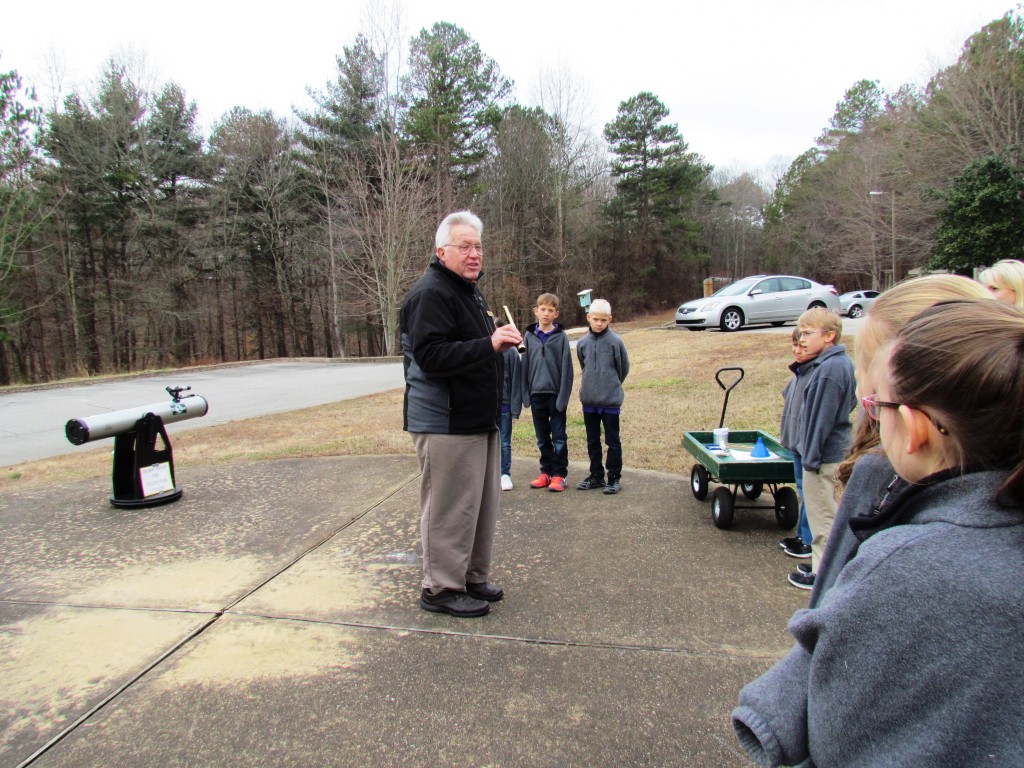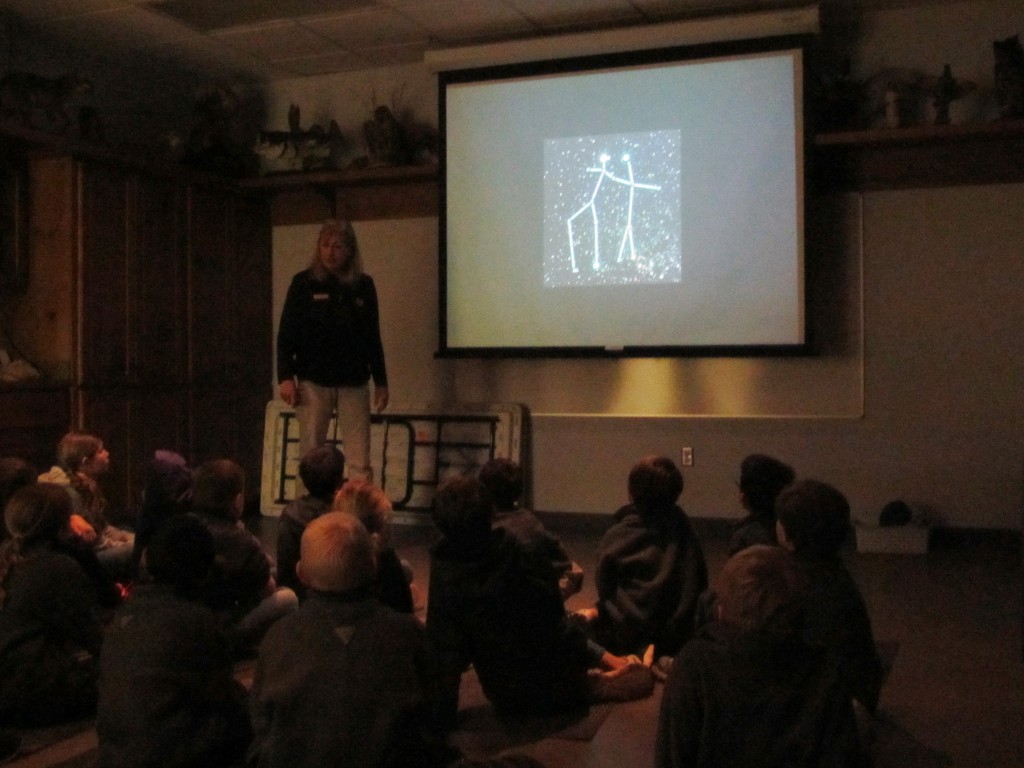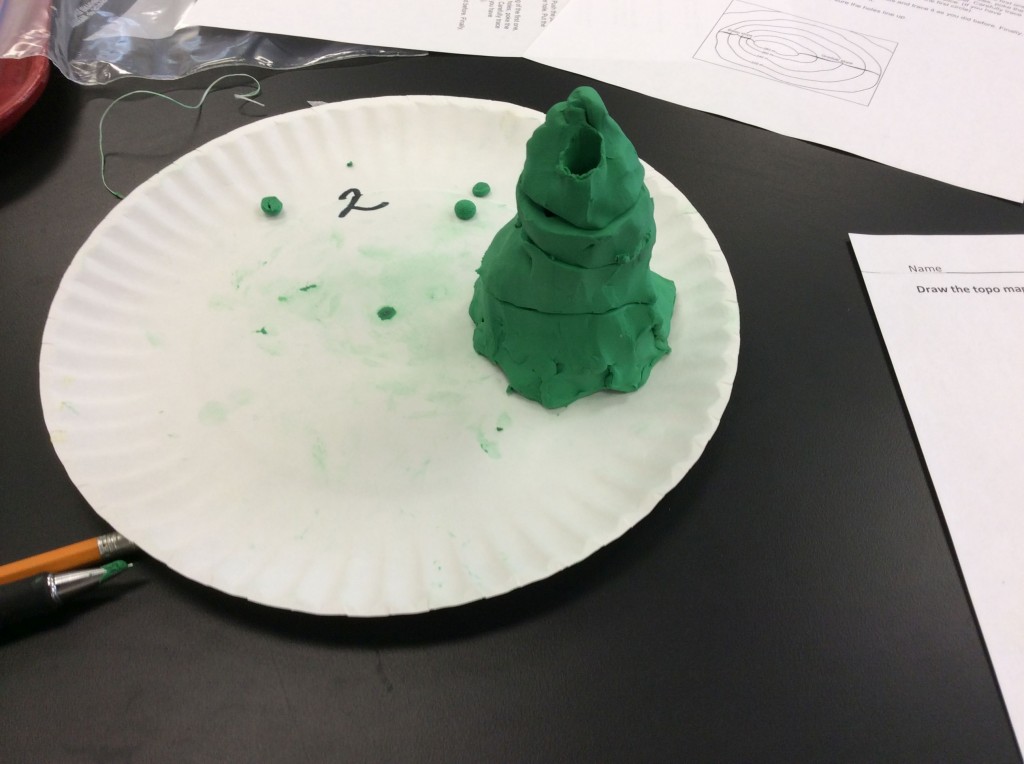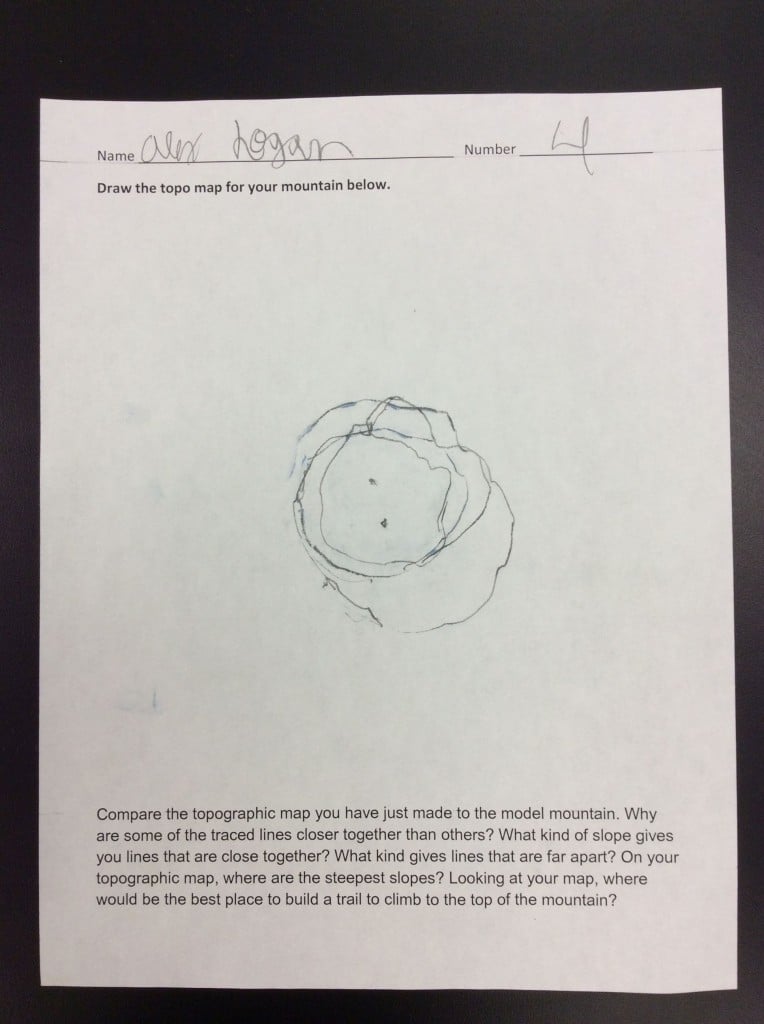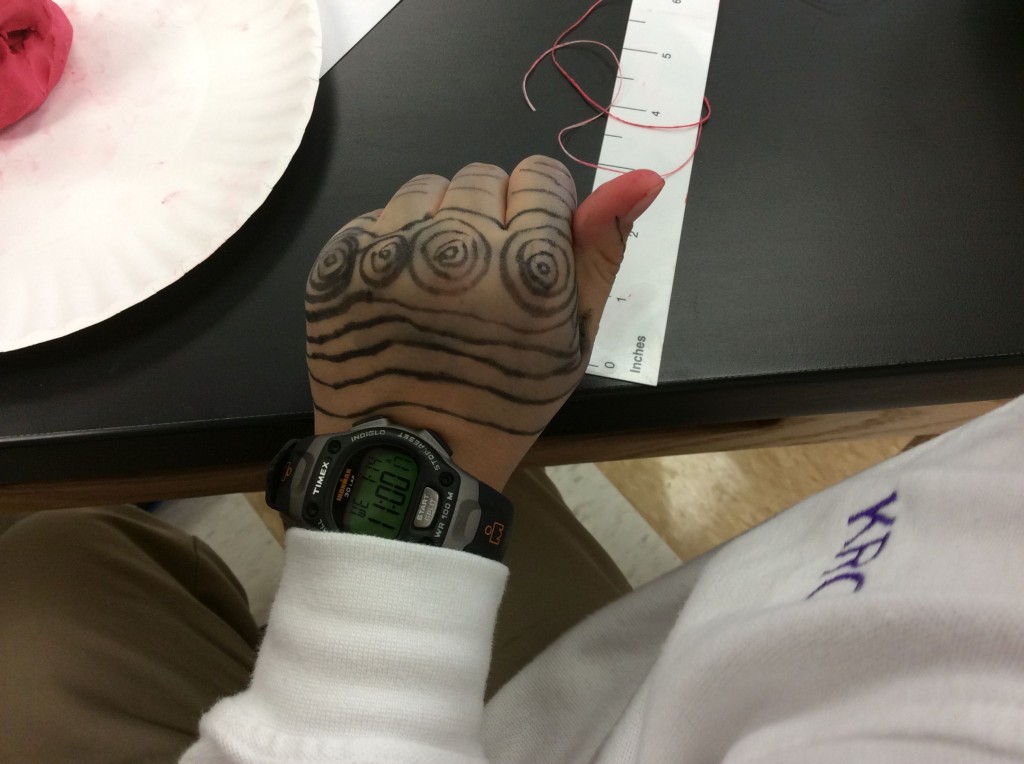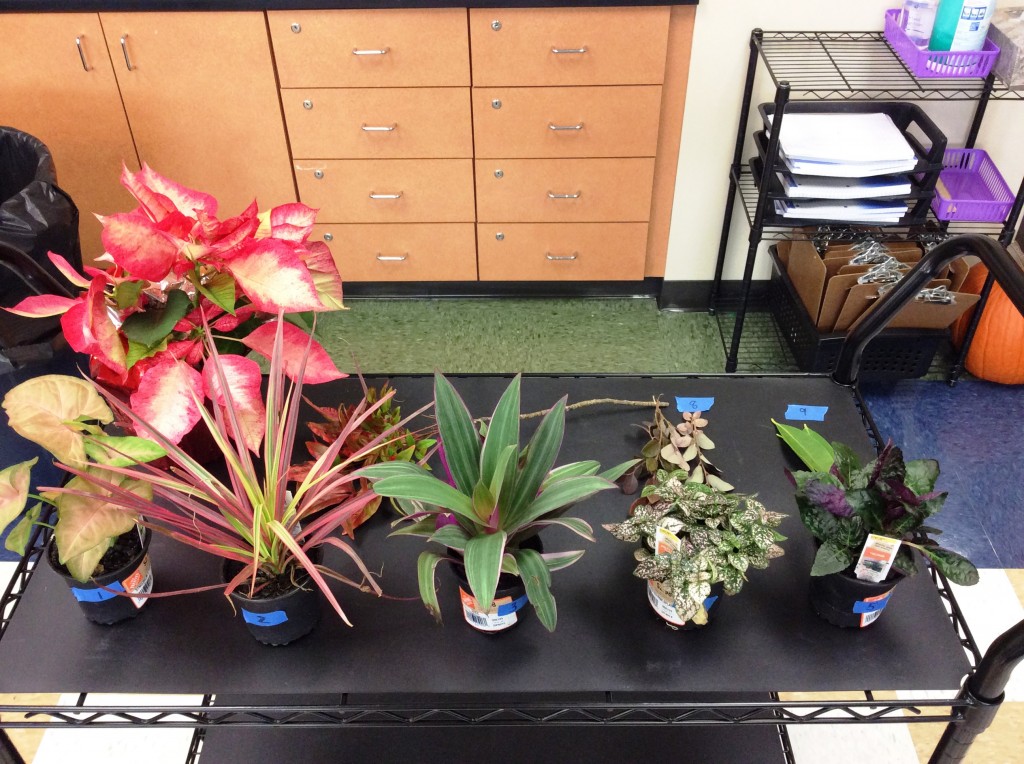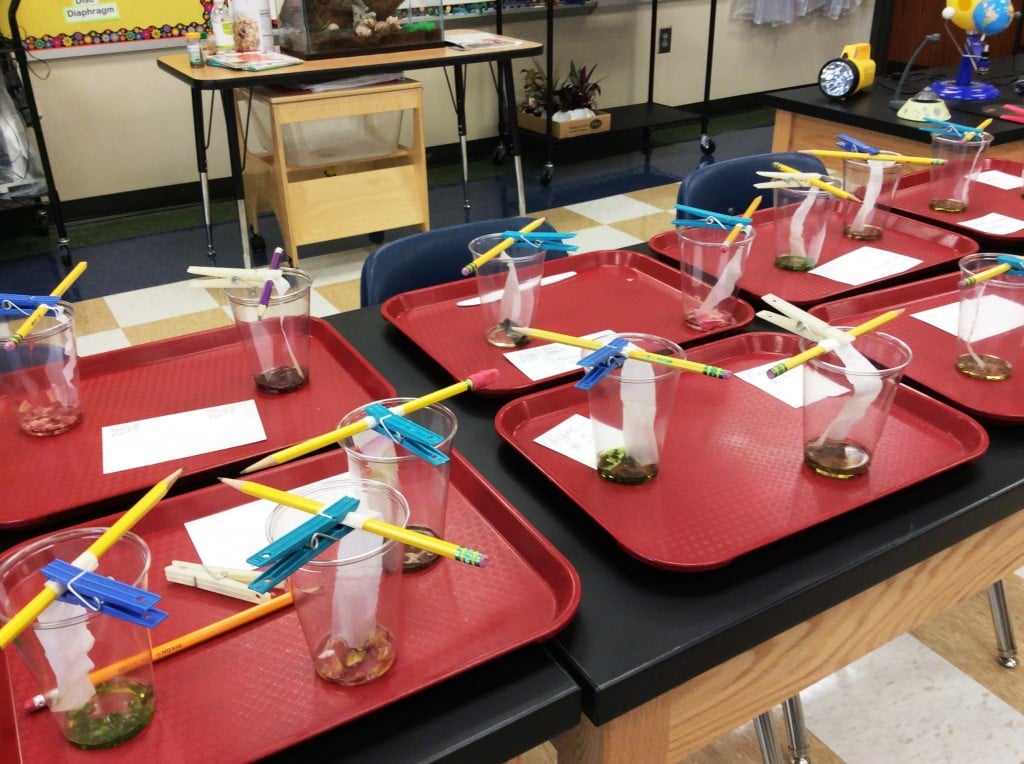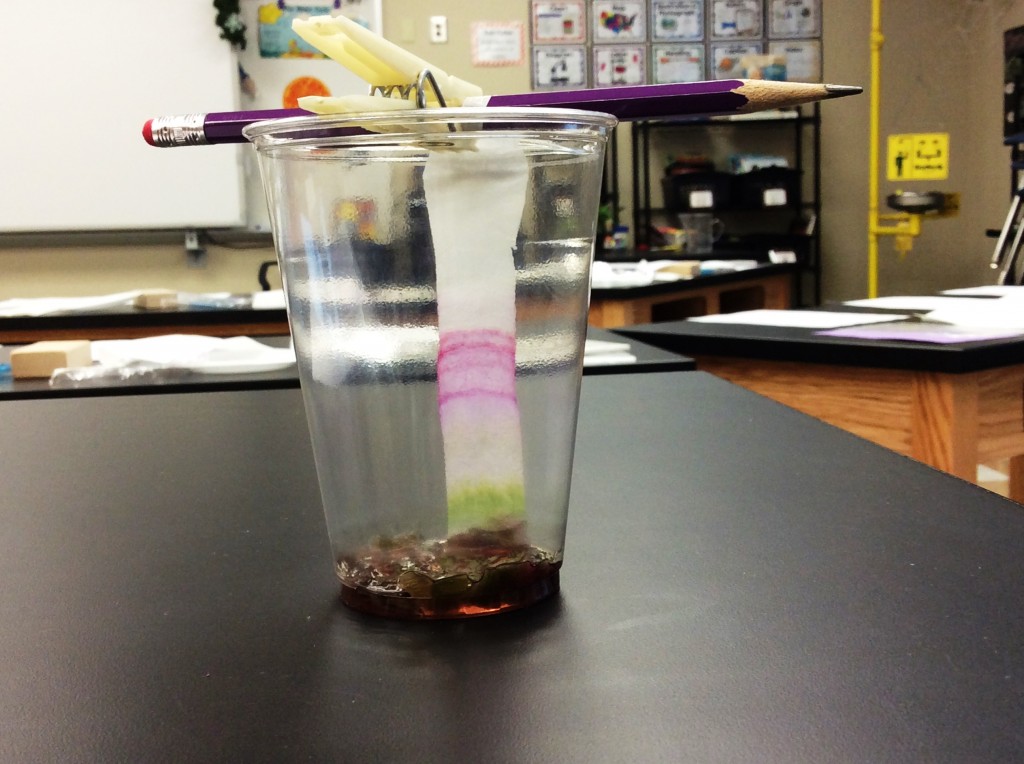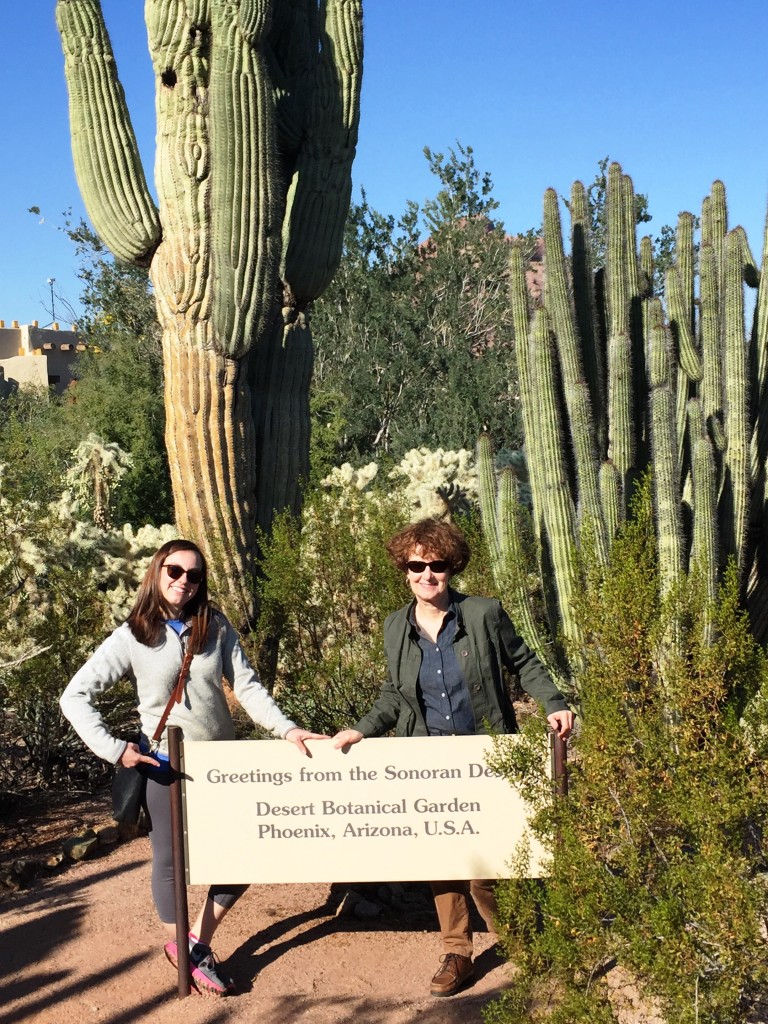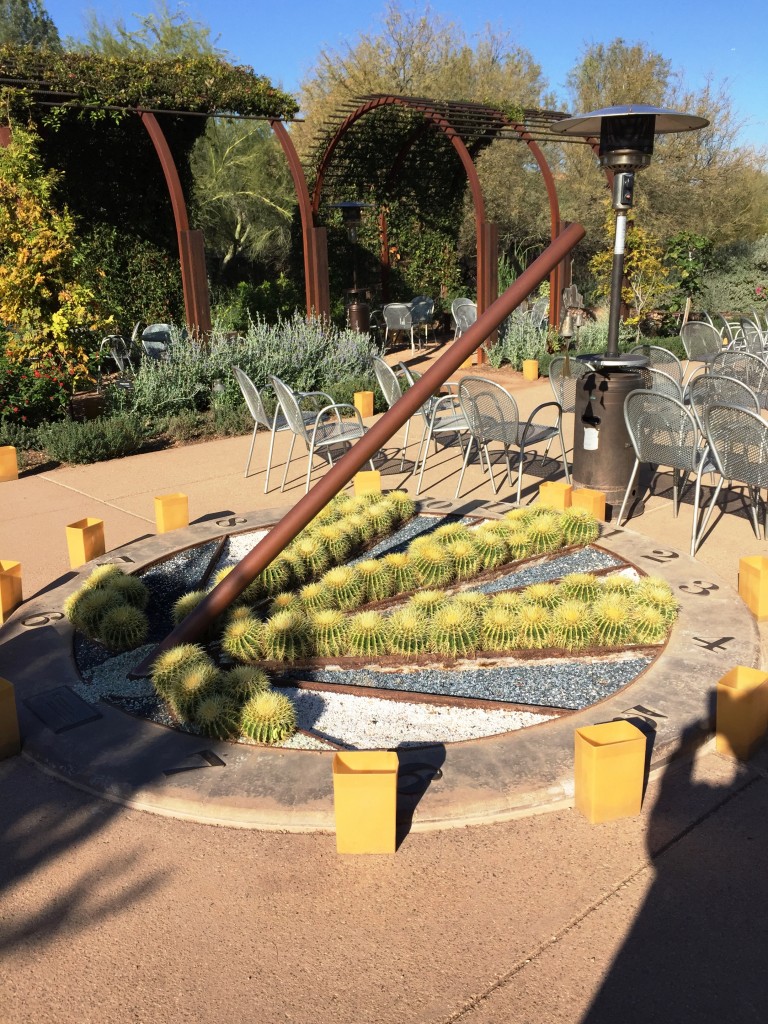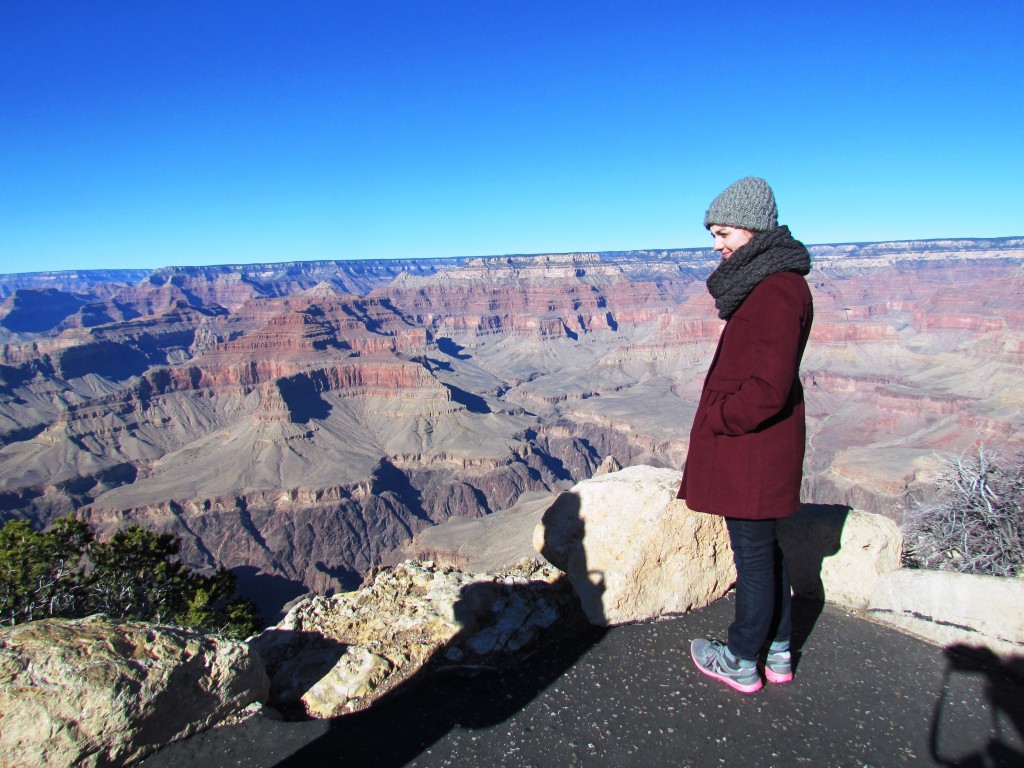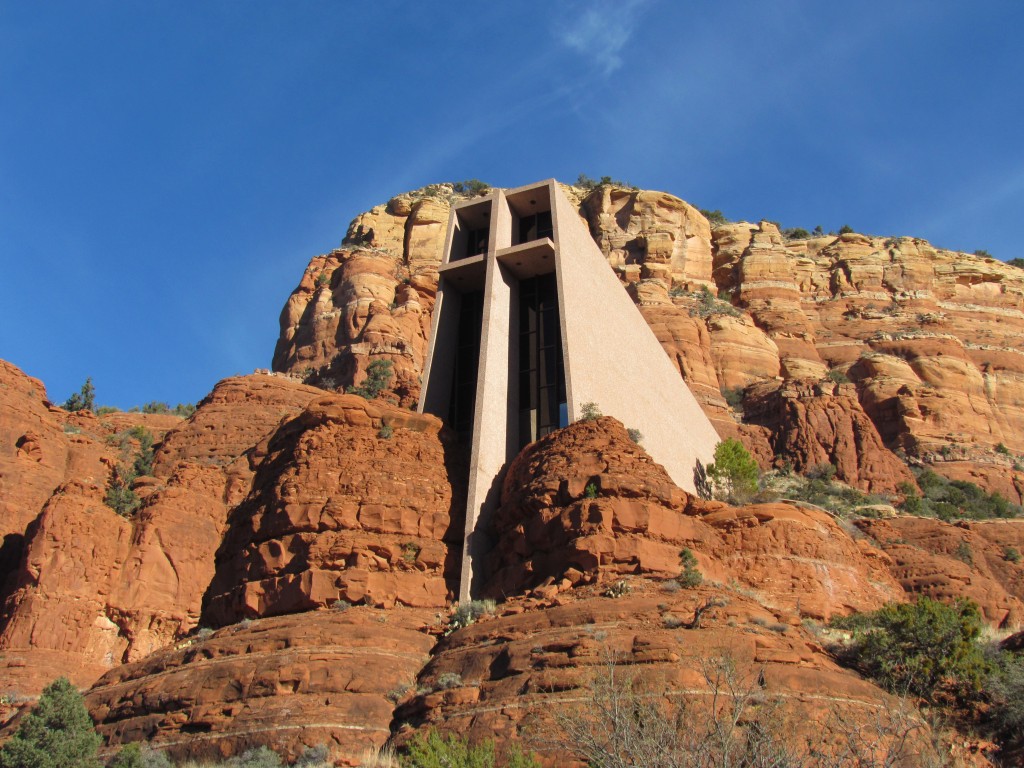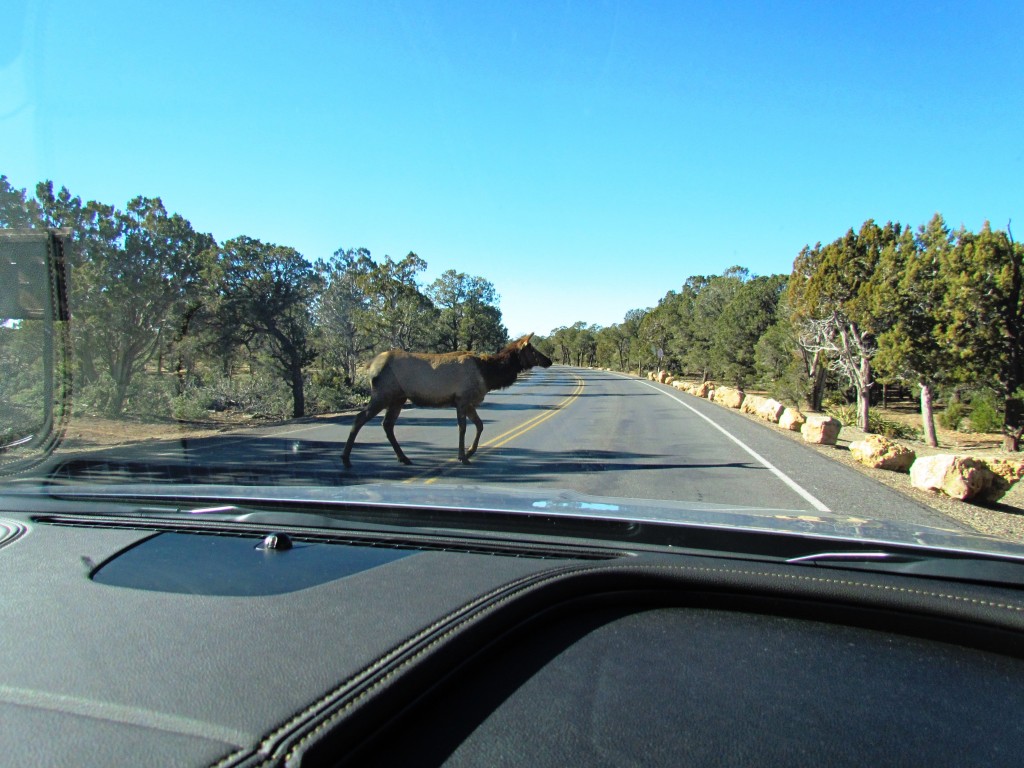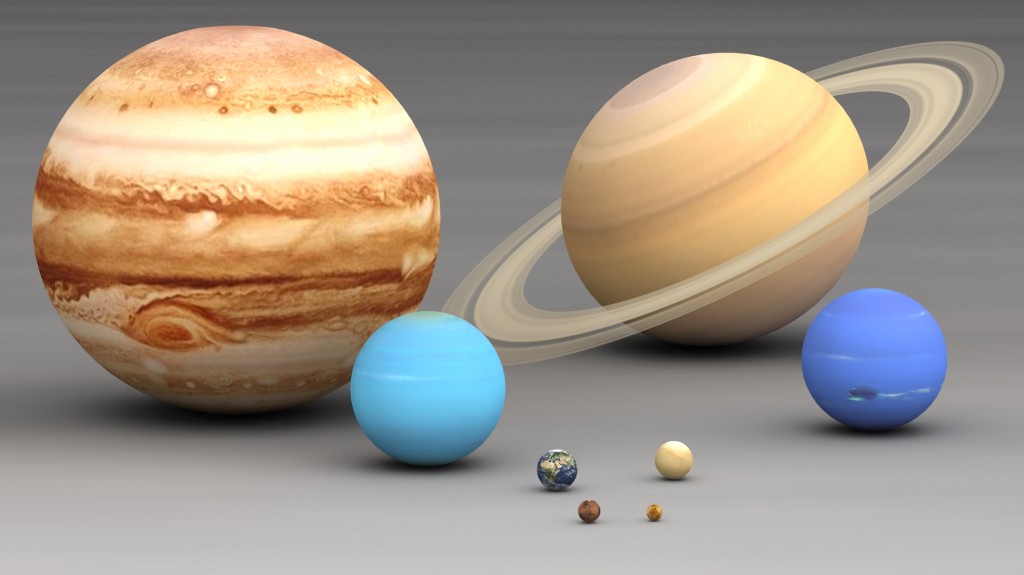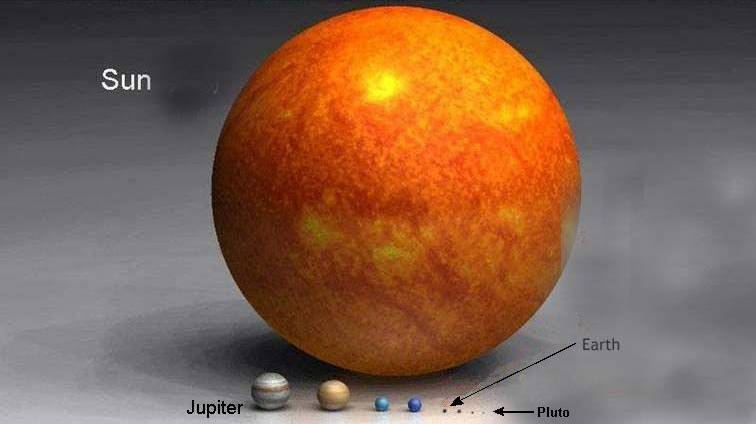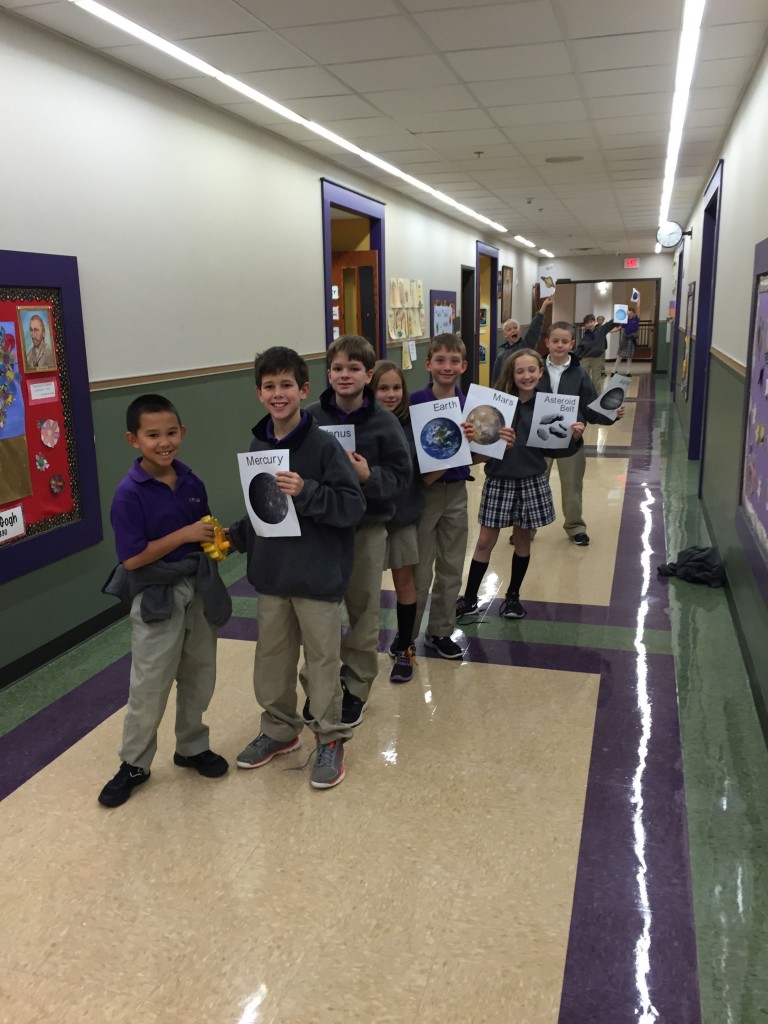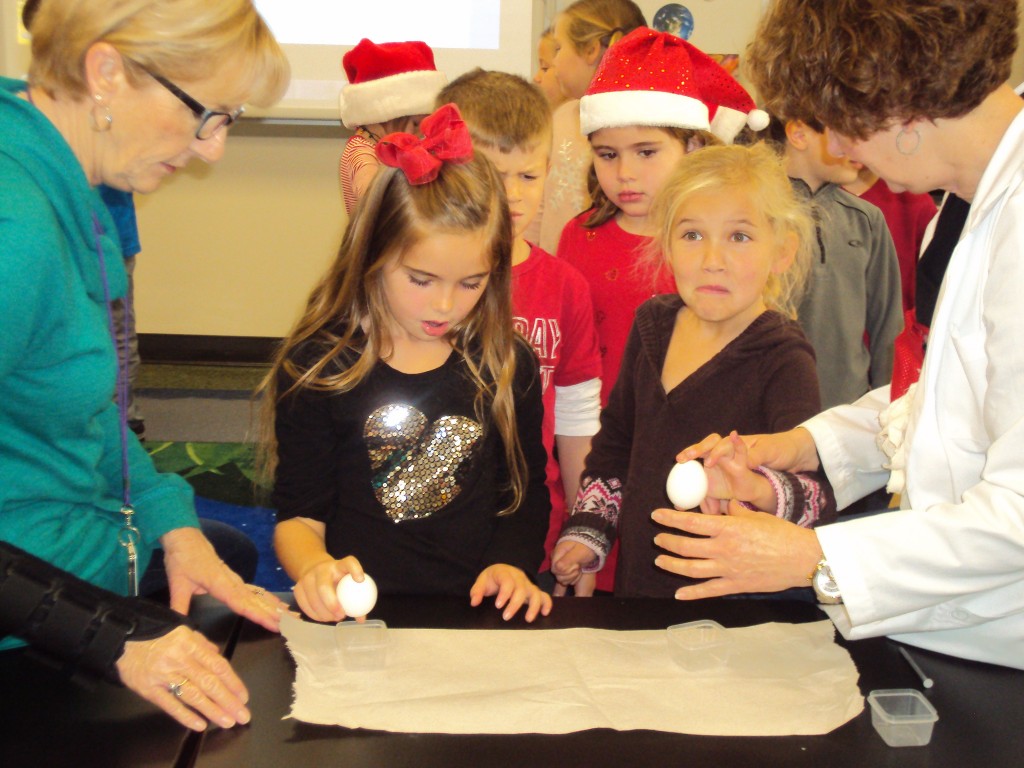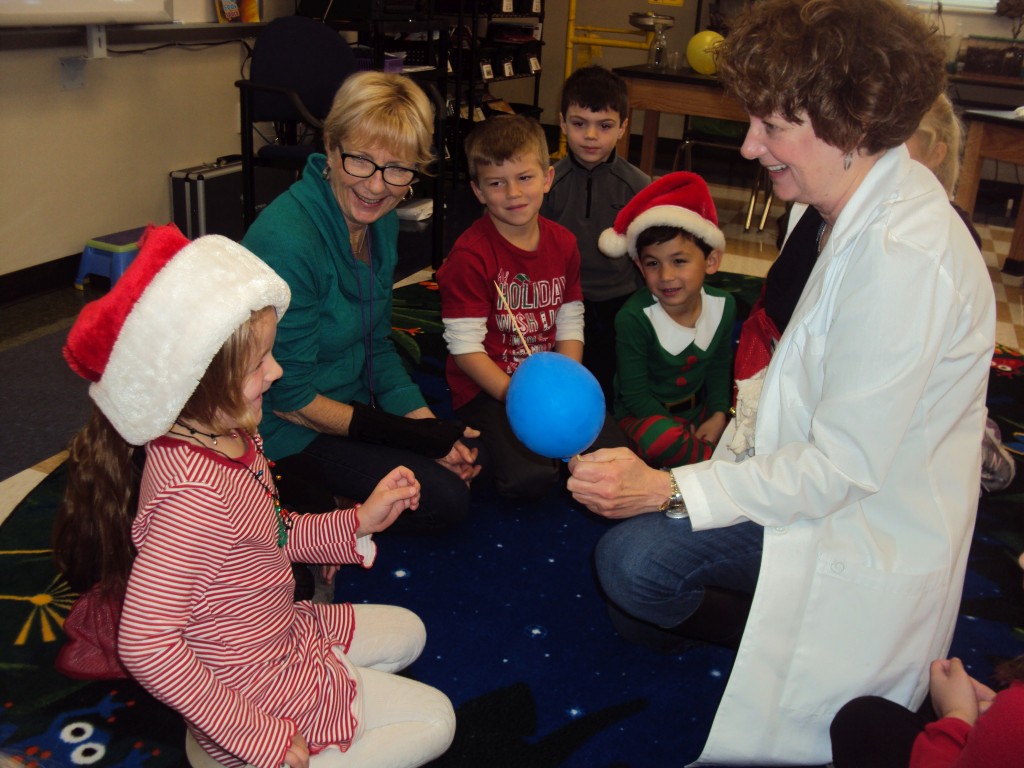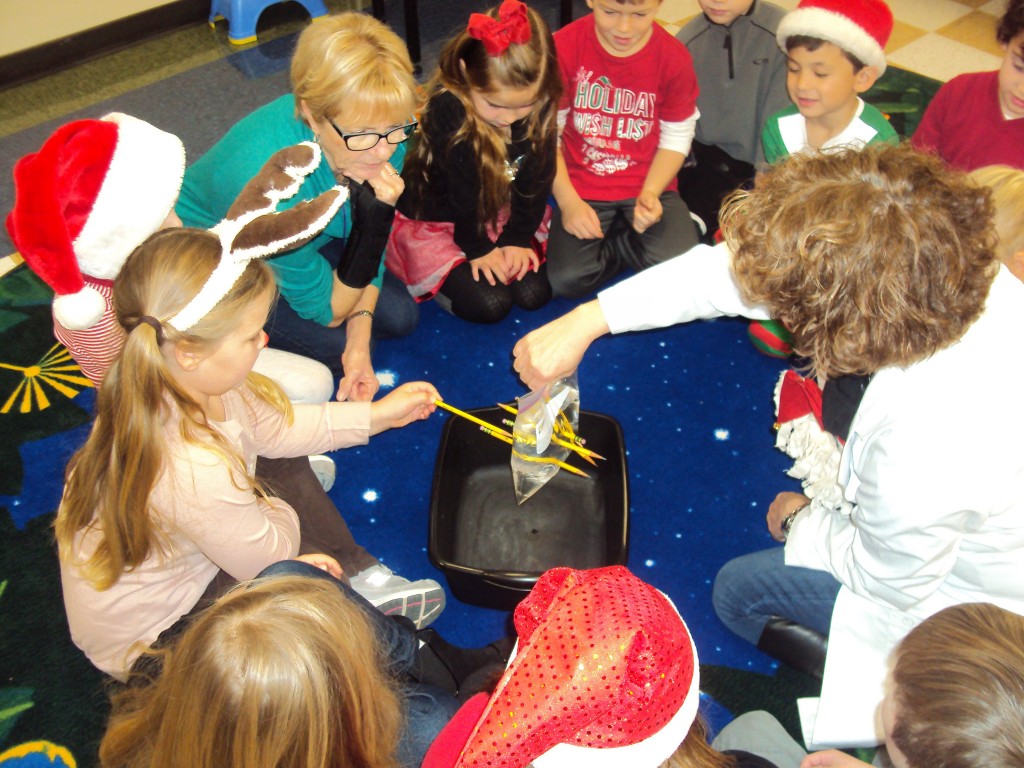What a Wonderful World!
Tectonic Plates
The Theory of Plate Tectonics states that the crust of the Earth is composed of seven major plates and numerous smaller plates. These plates “ride” on the hot upper mantle known as the asthenosphere.
The border between two tectonic plates is called a boundary. All the tectonic plates are constantly moving — very slowly — around the planet, but in many different directions. Some are moving toward each other, some are moving apart, and some are sliding past each other. Because of these differences, tectonic plate boundaries are grouped into three main types: convergent, divergent and transforming/sliding.
Transforming Boundaries – Two plates slide past each other, and earthquakes are the result.
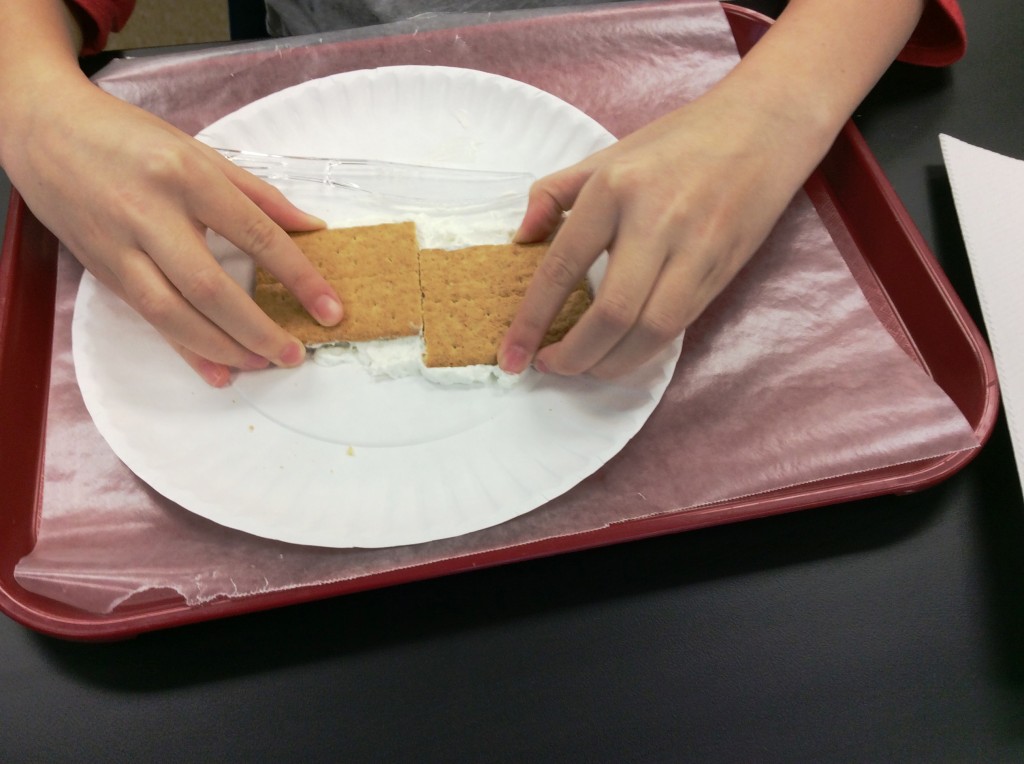
Divergent Boundaries – Two plates move away from each other, and molten lava rises up between them.
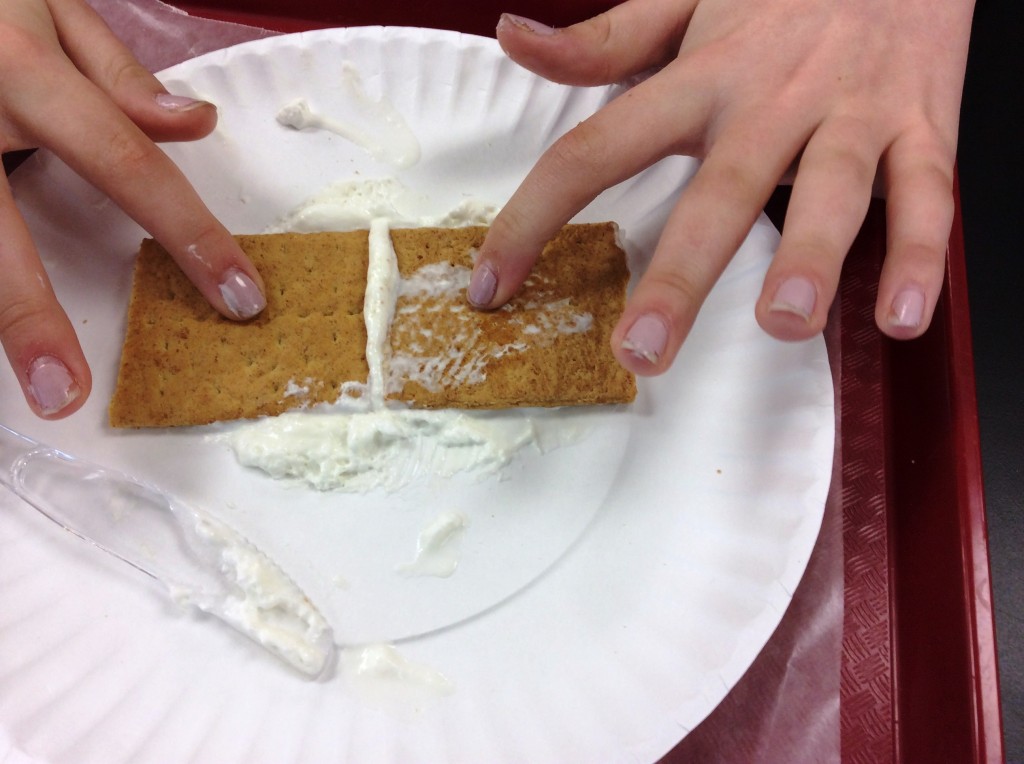
Convergent Boundaries -Two plates move toward each other and eventually collide. One may ride up over the other. This is called subduction.
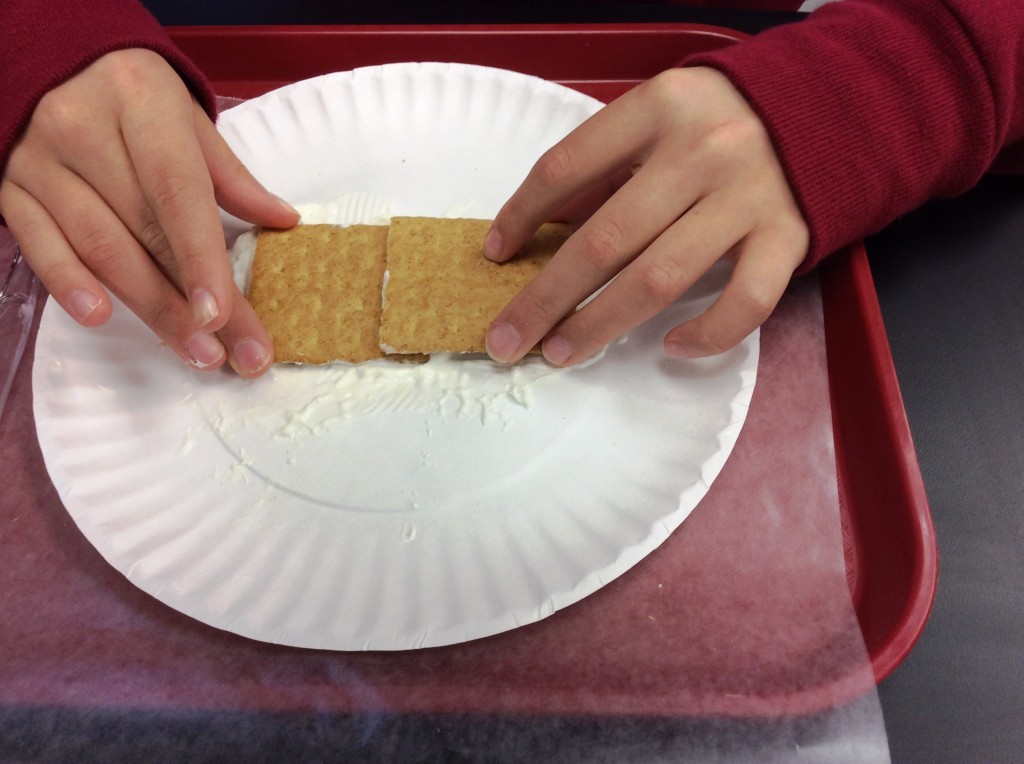
Convergent Boundaries – The ridge of the pushed-up cracker is just like many mountain ranges around the earth that were formed as two plates slowly crumbled together over a long period of time.
Then we ate our lab!
Earth Science – Fifth Grade
Topographic maps, though two-dimensional, use contour lines to show elevation above sea level. A topographic map, or “topo map,” is a way to show mountains and valleys on a flat piece of paper. Topo maps are used for many purposes, such as building roads and hiking trails in the mountains.
Go to this link to see topo maps of the United States. Click on the tab in the right corner to change the map view to the topo view.
“The Shuttle Radar Topography Mission (SRTM) flew aboard the Space Shuttle Endeavour in February 2000. It passed over almost every point on Earth. It made radar images that scientists will use to make the best topo map ever made of Earth.” NASA
Fifth grade made clay mountains and then used them to construct a topographical map.
Chromatography
Chromatography is a process that can be used to isolate the various components of a mixture based on the different rates of absorption. Paper chromatography uses capillary force to move the solvent and the sample up the paper strip. The most soluble compounds of the sample will go farther. The number of bands tells you how many compounds are in your substance.
We used chromatography to identify the pigments found in leaves. “Pigments are chemical compounds which reflect only certain wavelengths of visible light. This makes them appear “colorful”. More important than their reflection of light is the ability of pigments to absorb certain wavelengths. Because they interact with light to absorb only certain wavelengths, pigments are useful to plants for photosynthesis. Pigments are the means by which the energy of sunlight is captured for photosynthesis.”
My Vacation
How Big is It?
Fourth grade is studying the planets and stars. In their first lab, we discussed that in many illustrations the planets look close together and approximately the same size. We looked at the following pictures that correct that misunderstanding. Then we did an activity in which we used AU (astronomical units) to model the relative distance between planets.
1 AU is 93 million miles. It is based upon the Earth’s distance from the sun.
